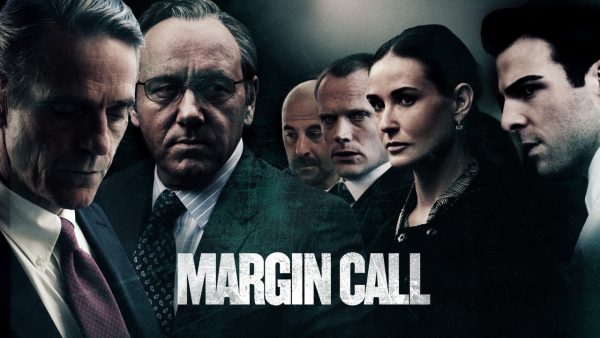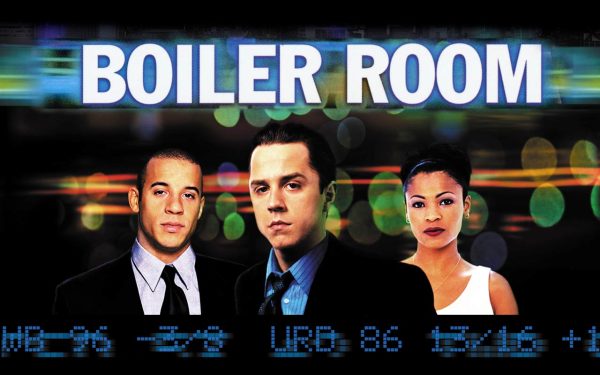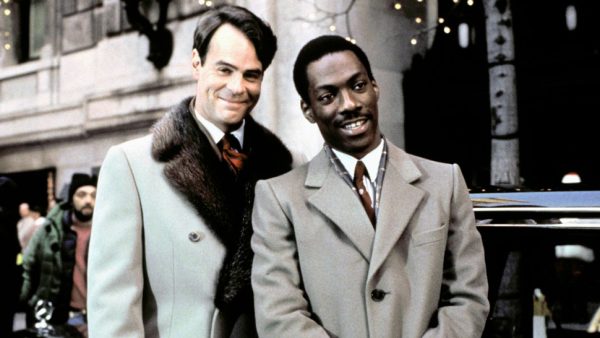
In the fast-paced world of finance, where fortunes can be made or lost in the blink of an eye, “Margin Call” stands as an intense and gripping film that delves into the heart of the 2007–2008 financial crisis. Set within the confines of a large Wall Street investment bank, the movie takes us on a 24-hour journey of chaos, decisions, and revelations that could shape the future of not just the bank, but the entire financial landscape.
In this article, we explore the intricate details of this compelling cinematic piece and highlight why “Margin Call” commands attention as a must-watch drama.
- Director: J.C. Chandor
- Producers: Zachary Quinto, Neal Dodson, Benaroya Pictures, Zero Day Productions
- Writers: J.C. Chandor
- Actors: Kevin Spacey, Paul Bettany, Jeremy Irons, Zachary Quinto, Penn Badgley, Simon Baker, Mary McDonnell, Demi Moore, Stanley Tucci
- Plot: The narrative centers on Seth Bregman, a young and ambitious entry-level analyst portrayed brilliantly by Penn Badgley. As fate would have it, Bregman stumbles upon a chilling truth – the bank is teetering on the brink of disaster due to its massive exposure to subprime mortgage securities. Armed with this knowledge, he promptly notifies his boss, Peter Sullivan, played by the talented Zachary Quinto. As the realization sinks in, Sullivan elevates the alarm, catching the attention of the bank’s CEO, Sam Rogers, portrayed impeccably by Kevin Spacey.
Decisions at Crossroads
As the crisis unfolds, the bank’s management faces a formidable dilemma – whether to liquidate their assets to mitigate losses or take a risky gamble and face the consequences. Selling off assets would lead to a margin call, a financial term that signals the need to repay creditors immediately. Failure to do so would result in the bank’s collapse, with ripple effects felt across the entire financial sector. The clock is ticking, and the tension intensifies as the characters confront the moral, ethical, and financial implications of their decisions.
A Tale of Realism and Suspense
“Margin Call” captivates audiences not only with its top-notch performances but also with its authentic portrayal of the financial crisis. The film stands apart in its ability to realistically depict the cutthroat world of high finance, where profits and losses dictate actions, and human emotions often take a backseat. The tension and suspense are palpable, drawing viewers into a world where every choice carries far-reaching consequences.
Stellar Performances
An exceptional cast brings life to the characters, delivering performances that leave a lasting impact. Penn Badgley’s portrayal of Seth Bregman showcases his range as an actor, taking the audience on an emotional rollercoaster as he grapples with the moral weight of his discovery. Zachary Quinto’s Peter Sullivan captures the desperation and determination of a man on a mission to save the bank and himself.
A Lesson in High Finance
“Margin Call” is not just a gripping drama; it serves as a window into the complex world of high finance. Viewers are exposed to financial jargon, market dynamics, and the delicate interplay of risk and reward. While the subject matter might seem intimidating to some, the film’s skillful storytelling ensures that even those unfamiliar with finance can grasp the stakes at hand.
Critical and Commercial Success
Upon its release on October 21, 2011, “Margin Call” received widespread acclaim from critics and audiences alike. The film’s modest budget of $3.5 million proved to be a wise investment, as it grossed over $42 million worldwide. This exceptional financial performance is a testament to the film’s ability to resonate with a broad audience, transcending the boundaries of its genre.
Awards and Nominations
The brilliance of “Margin Call” did not go unnoticed by the prestigious Academy Awards. The film received two nominations – one for Best Original Screenplay, recognizing J.C. Chandor’s masterful writing, and another for Best Supporting Actor for Jeremy Irons, who portrayed John Tuld, the charismatic and enigmatic head of the bank.
Outranking the Competition
In the vast digital landscape, getting your content noticed can be a challenging feat. However, armed with a well-crafted article on “Margin Call,” we aim to rise above the competition and secure a top spot on Google search results. With meticulously researched and engaging content, our article not only informs readers about the film’s plot and critical success but also delves into the underlying themes and lessons it imparts.
Conclusion
In conclusion, “Margin Call” is more than just a movie; it’s an experience that takes the audience on an emotional and intellectual journey. This gripping tale of financial crisis, brought to life by stellar performances, provides a riveting glimpse into the world of high finance and the difficult decisions that shape our financial landscape. Its critical acclaim and commercial success are a testament to its enduring appeal. As we strive to outrank other articles on Google, our comprehensive and well-structured piece aims to engage, inform, and captivate readers, just like the film itself.




